Main attractions

Cistern
The cistern is a structure that dates back to the 12th century, being the main vestige of what remains of the medieval monastery founded by king Afonso I of Portugal. Its main function was to store rainwater that would be later used for the domestic duties of the monastery.
Entrance Hall
Noble entrance of the monastery, that was also used for a short period as the private chapel of the Patriarch D. José Neto. It was richly decorated in the 18th century with inlaid marbles, glazed tile panels depicting the Christian reconquest, kings of Portugal and the foundation of the monastery, and a painted ceiling by the Italian artist Vincenzo Baccarelli.
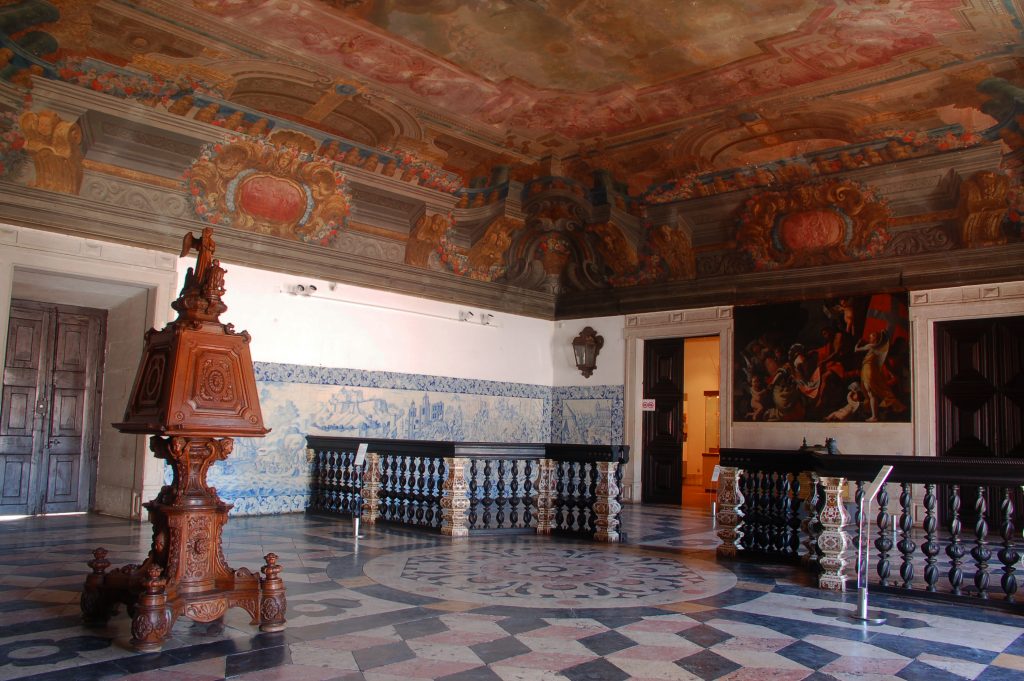

Cloisters
Inside the monastery, there are two cloisters, located south of the Church, that are completely coated with Baroque glazed tile panels. These depict various profane scenes, which were inspired in French engravings.
Church
It was commissioned by king Afonso I of Portugal in 1147 shortly after the Siege of Lisbon, exactly where it was established one of the crusaders’ military encampments. Politically affirming a new dynasty, king Filipe I of Portugal decided to rebuild this monument in 1582, which became one of the first examples of the Mannerism style in Portugal.
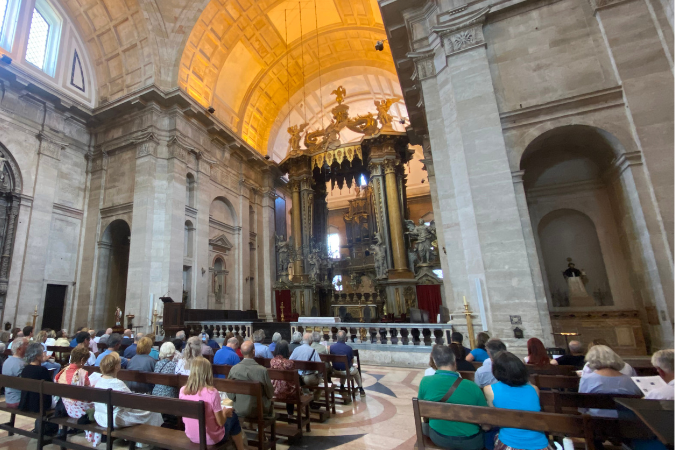
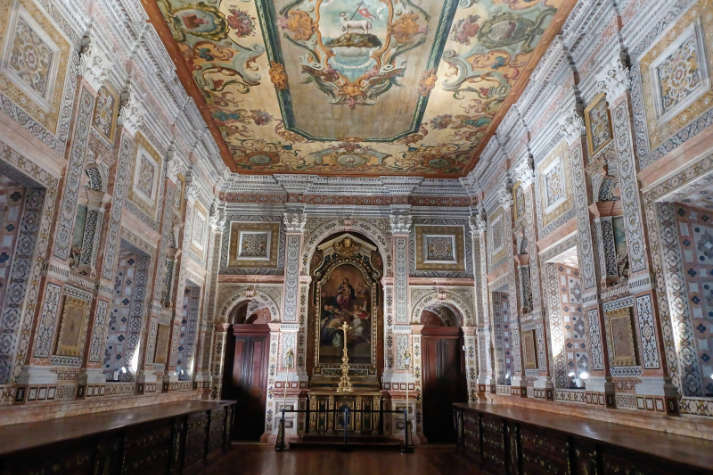
Sacristy
The sacristy is still used today and is considered the ex-libris of the monastery due to its decoration with coloured inlaid marble, decorated with floral motifs, from the 18th century. In an archaeological campaign, were found beneath it anthropomorphic tombs that could belong to the crusaders that aided king Afonso I of Portugal in the Siege of Lisbon.
Royal Pantheon
D. João IV chose to establish the pantheon of his dynasty inside the monastery in order to appropriate, in a symbolic way, the refoundation of his ancestors. In this pantheon rest the tombs of almost all the elements of the Dynasty of Bragança, the last and largest in the history of Portugal.
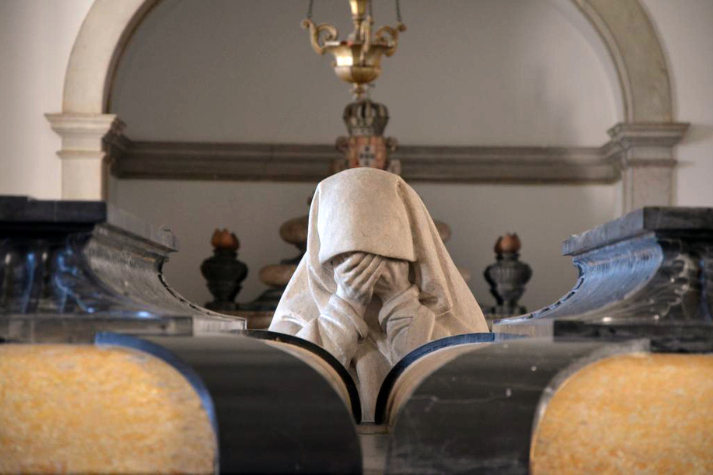

Pantheon of the Patriarchs
It was in the old Chapter House that Patriarch Manuel Gonçalves Cerejeira, in 1949, decided to commission the construction of the Pantheon of the Patriarchs, whose work supervisor was Raul Lino a prestigious Portuguese architect. It is possible to observe the tombs of almost all the Patriarchs, from D. Carlos da Cunha (1759-1825) to D. José Policarpo (1936-2014).
Chapel Palhavã
The “Meninos (Children) of Palhavã” were three illegitimate sons of king D. João V, that were recognised and treated by the monarch as legitimate sons. In this chapel are buried only two of them. Previously it was a chapel dedicated to Our Lady of the Incarnation.
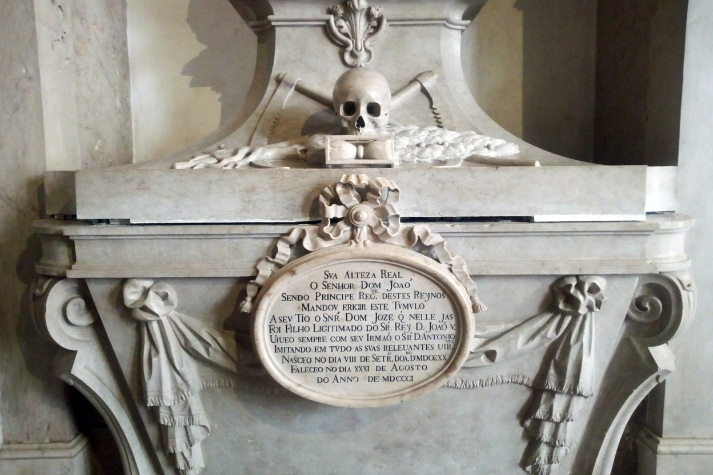
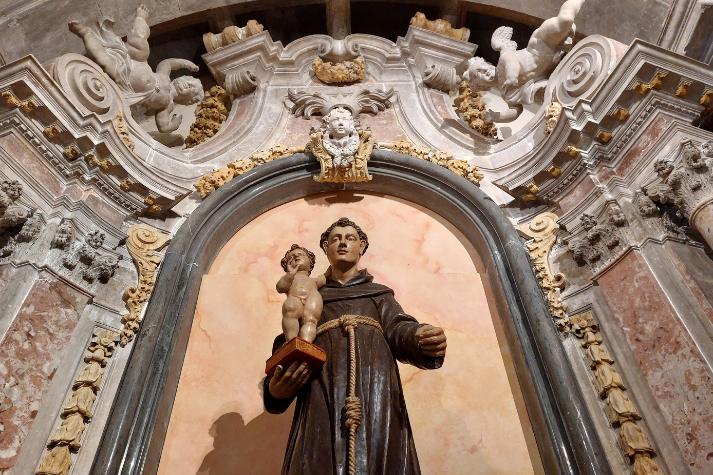
Chapel of Saint Anthony
This was the first conventual space where Saint Anthony entered as a monk. He completed his novitiate in the Order of Saint Augustine and it is believed that this chapel corresponds to the location of his room in the medieval monastery.
Panoramic View
From the rooftop of the church, it is possible to enjoy one of the most beautiful landscapes of the city. This is considered to be one of the secret viewpoints of Lisbon, with a 360.º panoramic view over the city of Lisbon and the river Tagus.

